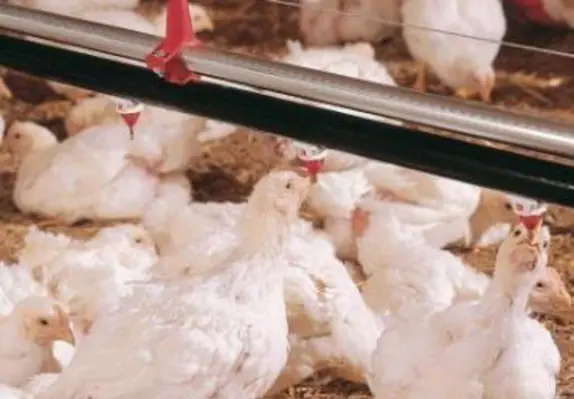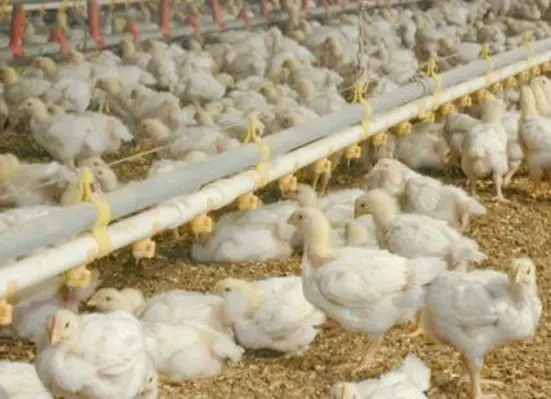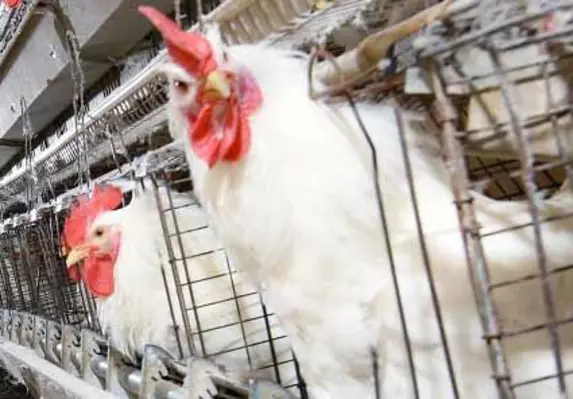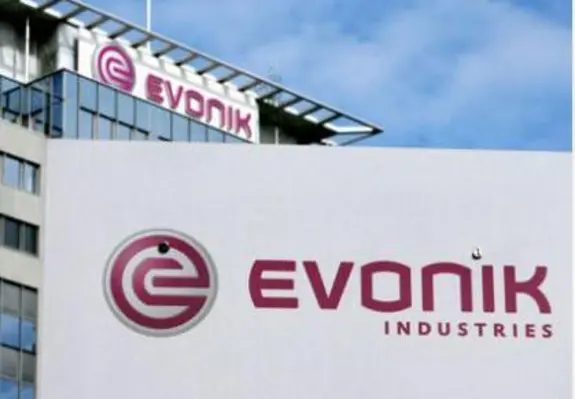Poultry production has evolved from a relatively simple barnyard practice to a highly technical industry. Yet, all too often producers do not achieve the results they want
Poultry
Effects of acids on poultry production
The application of acidifiers appears to have beneficial effects on poultry production. However, producers need to consider what they want to accomplish by using acids and whether those benefits will outweigh the cost of replacing damaged components
Australian egg consumption surges 7 per cent
Australians have increased their egg consumption, eating seven per cent more eggs in the past year, according to statistics released by the Australian Egg Corporation Ltd (AECL)
Maintaining egg production persistency for broiler breeders
Breeding companies have been producing increasingly fast growing and more highly efficient broilers for a number of years and like the broiler birds their parents (the broiler breeders) have registered rapid change
Evonik announces major investment in Singapore
With the largest of its chemical investments to date, Evonik—a leading specialty chemicals company— plans to strengthen its core business with essential amino acids for animal nutrition.








